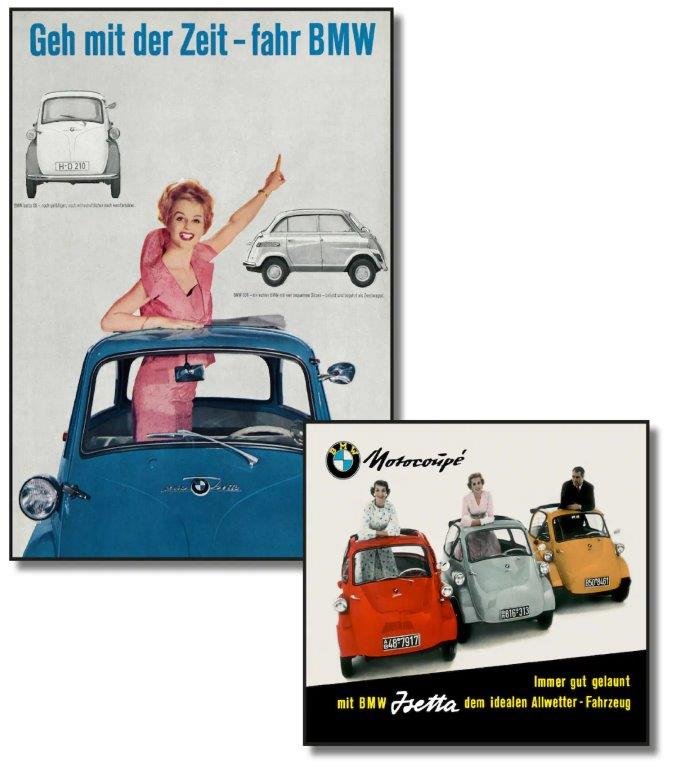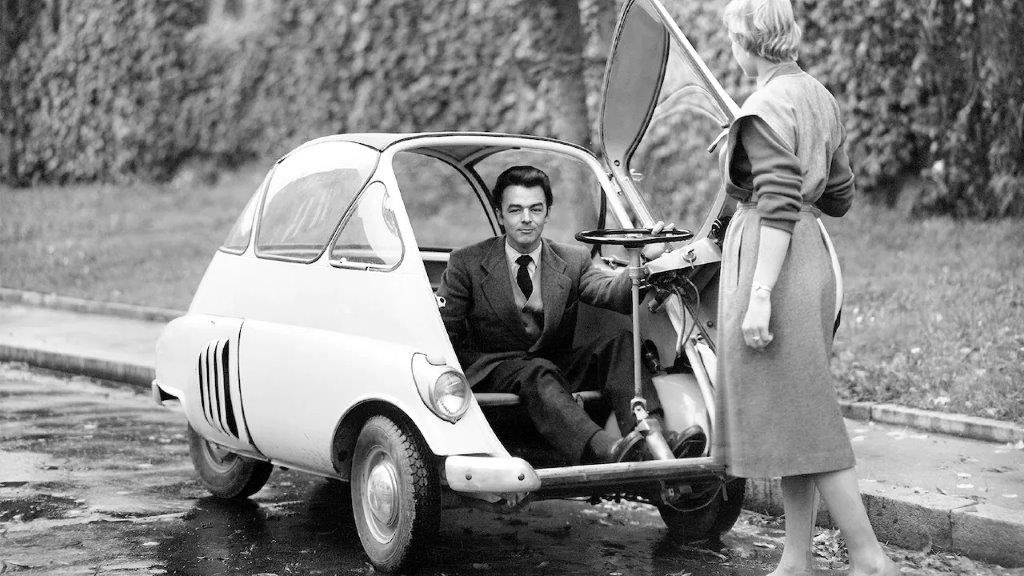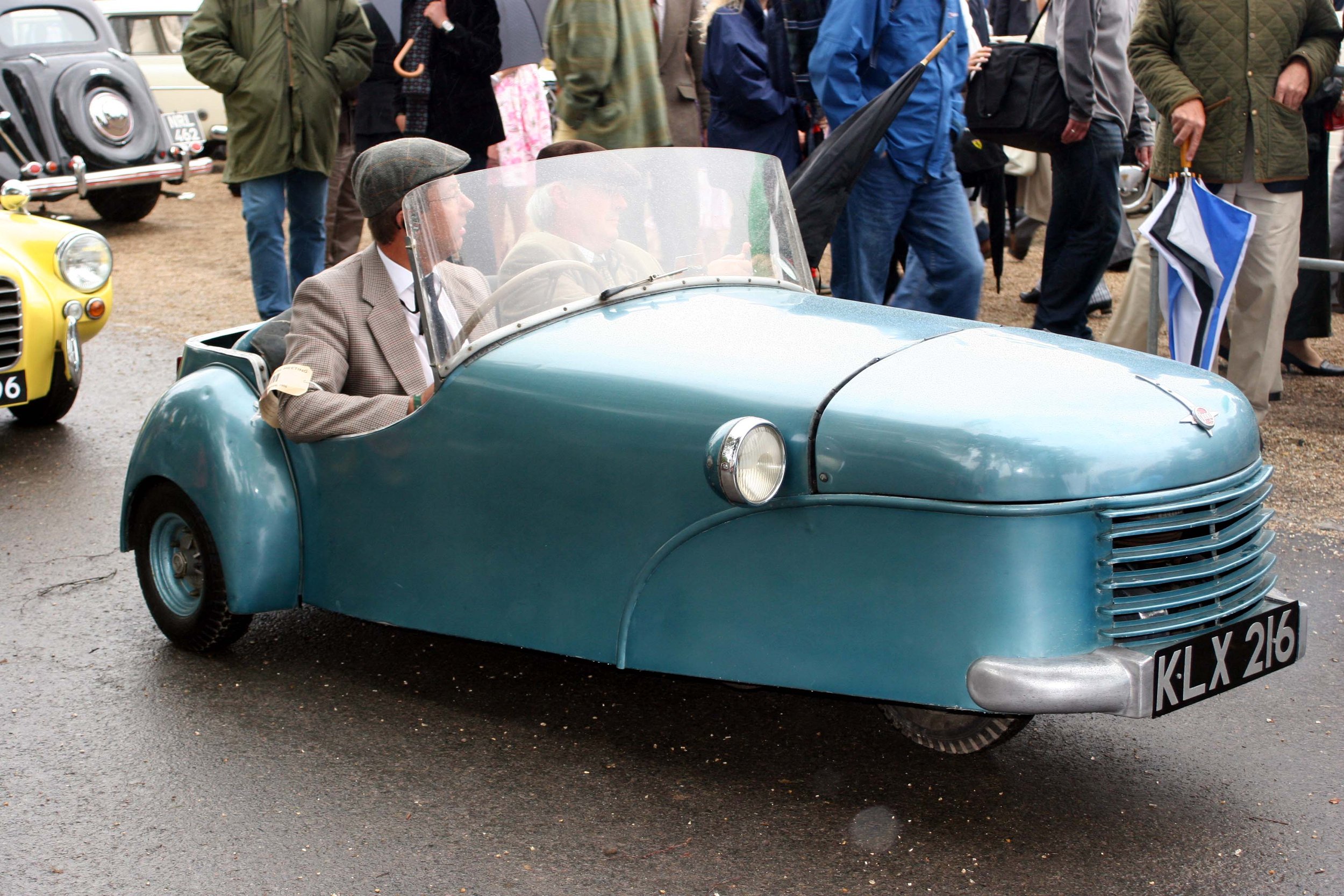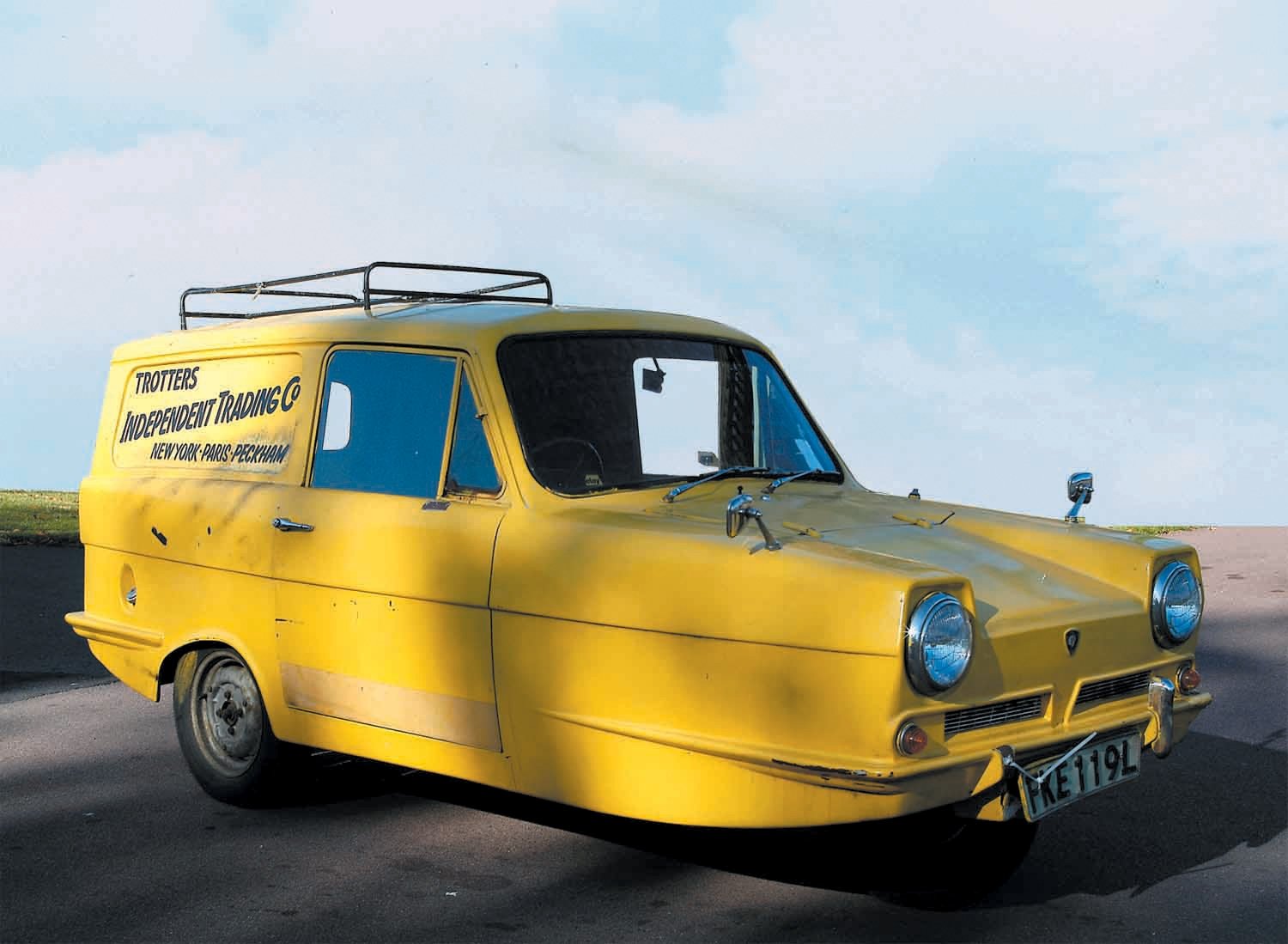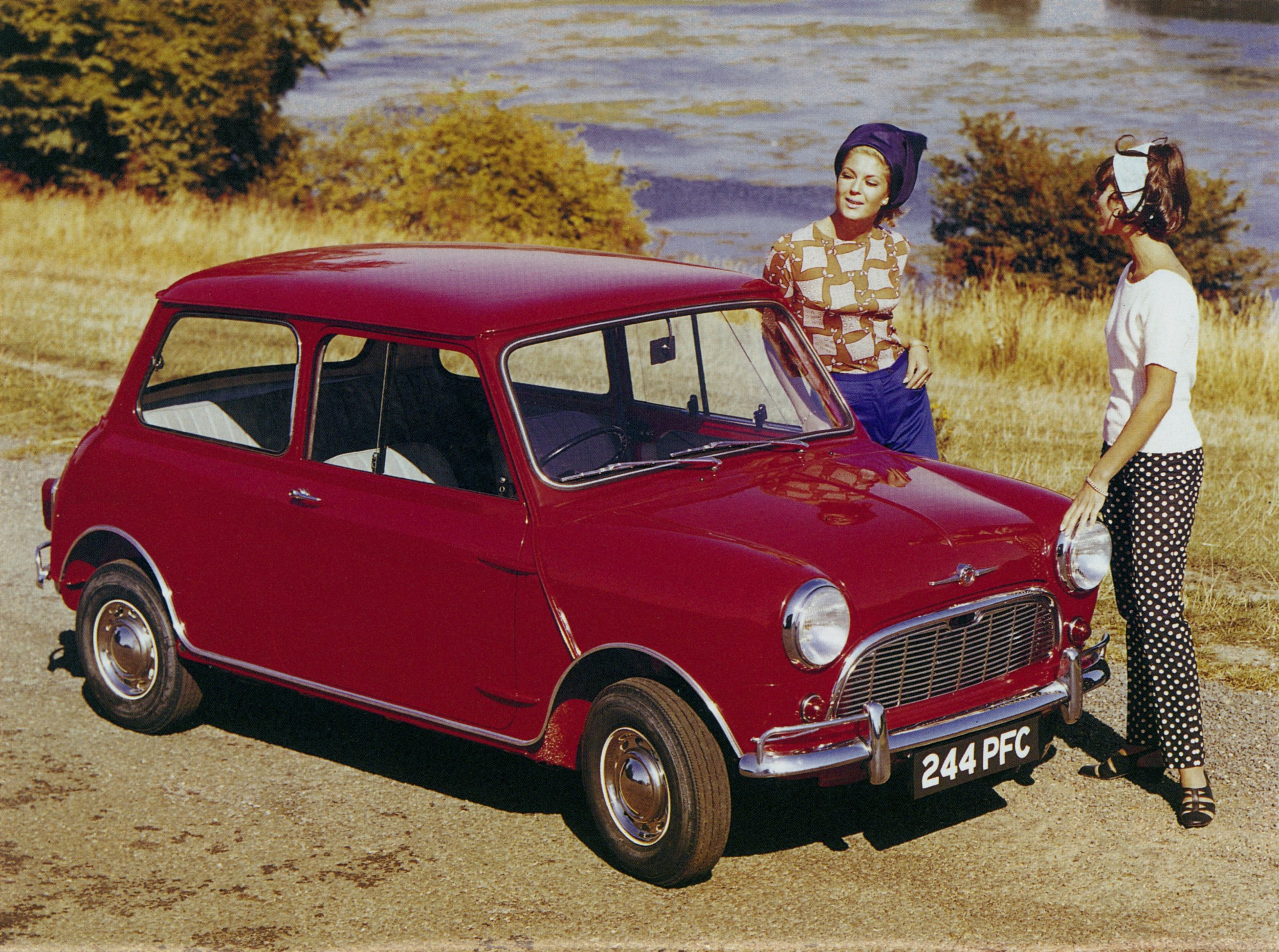Resurrecting bubble cars seems “green”. Minimum motor, no scarce materials, cheap, easily parked, no speeding. What’s not to like? So light they could be electric, like the 1901 Columbia (left, above) and the Twizy at Beaulieu. Yet they’d never be allowed. Mandatory headlamp heights, crush zones, airbags, seat belts, impact zones, - anything smaller than an SUV would never get Type Approval.
Bubble cars came in with the Suez Crisis. In 1956 a gallon of petrol went up from 4/1d (20.24p), to 5/6½d (26.56p) when the Chancellor of the Exchequer increased petrol tax by 1/- (5p) to deal with fuel shortage. The ration was 200 miles a month unless cars were used for business. Motor racing was banned, economy speed limits introduced, it went on until the following May when the 5p tax was removed. It was ten years before petrol reached 5/- (35p) a gallon. It’s now £6.50.
Edwardians had cyclecars, three-wheeled, not much better than a motorcycle-and-sidecar. Frames of bicycle-tubing or wood, single or twin cylinder air cooled engines, wire and bobbin steering, belt drives customary, until the Austin Seven of 1922. There was a lot to be said for a real car with four cylinders and four wheels.
In 1945 they tried tiny two-seaters because there was no petrol. Yet even with light weight construction and motorcycle engines they were not cheap. Then in 1952 Italian motorcycle and refrigerator manufacturer Iso Rivolta invented one with a curved glazed cabin. You got in through a full width side-hinged front door, with a jointed steering column (top right). The engine was a 236cc two-stroke air-cooled single cylinder driving two rear wheels close together. It was 90in long, 54in wide, weighed 784lb, did 50mph and 70mpg.
BMW snapped it up, called it Isetta and struggling with over-sized luxury cars, installed its own 4-stroke motorcycle engine. In seven years, it made 160,000 then metamorphosed it into a 4-wheeler with a 697cc flat-twin. The BMW 700 was BMW’s first post-war racing car, launched Jacky Ickx as a racing driver and saw Munich through until 1959 and full-sized cars.
In 1953 former German aircraft manufacturer Messerschmitt made a three-wheeler with handlebar steering and two seats one behind the other. It had a rounded cockpit like an aircraft canopy of Perspex, was called the Kabinenroller and had a 175cc Fichtel & Sachs two-stroke. The rear wheel was driven by chain, and it was half the price of a Volkswagen. They even made a sporting one with four wheels (below).
Bubble cars proliferated, and in 1956 Heinkel brought out a unitary-construction copycat Isetta and made 6000. The Messerschmitt went up to 191cc and 33,000 were made, but as the crisis passed the design was sold back to the inventor, who added a fourth wheel and a 500cc vertical twin engine to make a sports car.
Once aircraft production was allowed again Heinkel lost interest, sold it to Dundalk Engineering in Ireland who disposed of it to Trojan-Lambretta, which made another 12,000 in Croydon before 1965. Inventors, engineers, and entrepreneurs emerged, like Rovin in France and Reliant in Tamworth, which made an unsteady but practical three-wheeler with a plastic body. Reliant’s van version was Del Boy Trotter’s yellow runabout in Only Fools and Horses. The Bond 3-wheeler (below left) built in a former cotton mill at Preston had a 122cc Villiers two-stroke air-cooled engine on top of the front wheel. The entire assembly turned through 90 degrees providing an astonishing turning circle. I watched later Bond Bugs topple over on their press launch.
Fringe fancies could be frail. Zündapp of Nüuremberg took on a design from Dornier, for a microcar with back-to-back seating and doors at both ends; they called it Janus, after the Roman god who faced both ways. Opperman’s Unicar, the unlovely Fairthorpe Atom and Atomota with BSA motorcycle engines are best forgotten. They were a signal by which the 1950s bubble eventually, inevitably, burst.
The bonus. After Suez Alec Issigonis set to work on the Mini (above right).


